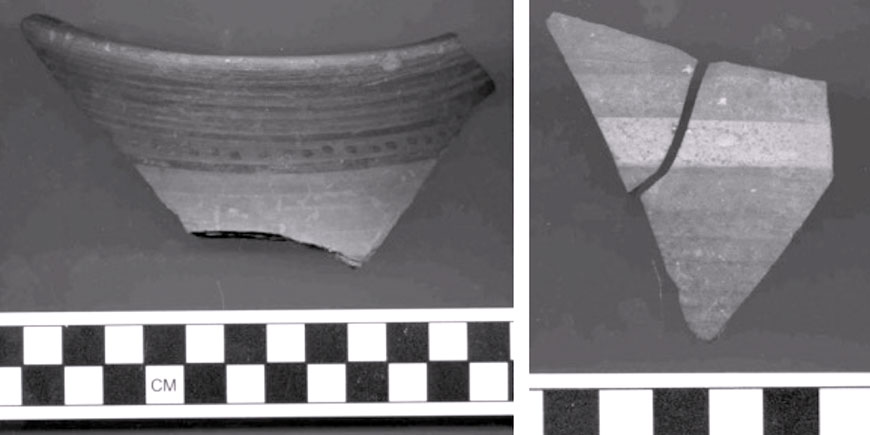AMMAN — Rabbat Amman, Madaba, Dibon and Busayra were presumably the main ancient commercial sites in Transjordan and the Levantine coast, according to an American scholar.
Goods that were traded from or through Transjordan included bronze — alloyed with copper from Wadi Feinan — decorated tridacna shells, Red Sea cowry shells, and likely cloth as well as products from south Arabia including incense, semi-precious stones and gold, said Professor of Bible and Archaeology at Pacific School of Religion, Aaron Brody.
“However, many of the products would have been grown, raised, or manufactured throughout the territories of the kingdoms of Ammon, Moab and Edom; and it is quite possible that peripheral sites participated in exchanges that were not centralised in a main city or controlled by the kingdom,” Brody told The Jordan Times in a recent e-mail interview.
Later in the Persian period, the scholar continued, iron from around Ajloun was an important commodity traded to the coast. “It’s possible that it was also circulating in the late Iron Age,” he said, noting that also some Transjordanian figurines are also found in Cisjordan.
Regarding the ceramics, most Ammonite ceramics were highly utilitarian, produced and used locally for the everyday practical needs of households, Brody said, adding that black burnished wares and painted wares are more specialised and were valued for their decorations as well as the use of these vessels.
“Material science testing has shown for the black burnished wares that there were three distinct clay sources utilised, two from the Ammonite plateau and one from the Jordan Valley. This distinct ware was exchanged from the plateau to the valley and vice versa, and on rare occasion is found in Cisjordan,” Brody highlighted.
Both black burnished and painted wares from Ammon are found at Tell en-Nasbeh, located south of Ramallah and eight kilometres north of Jerusalem he said.
The black burnished vessels were primarily bowls, but included a chalice and a footed bowl — all what archaeologists refer to as “open” vessels, the professor said.
In other words they were not containers, used to transport a commodity as content, Brody explained, underlying that these black burnished bowls were exchanged as products themselves.
“The Ammonite painted wares from Tell en-Nasbeh include small bowls, large kraters, jugs, and juglets. The ‘closed’ painted ware vessels likely held desirable commodities and were not just exchanged for the ceramics. The most likely route was from the Ammon plateau, descending down into the Jordan Valley to Jericho, up from Jericho to Tell en-Nasbeh,” Brody said.
